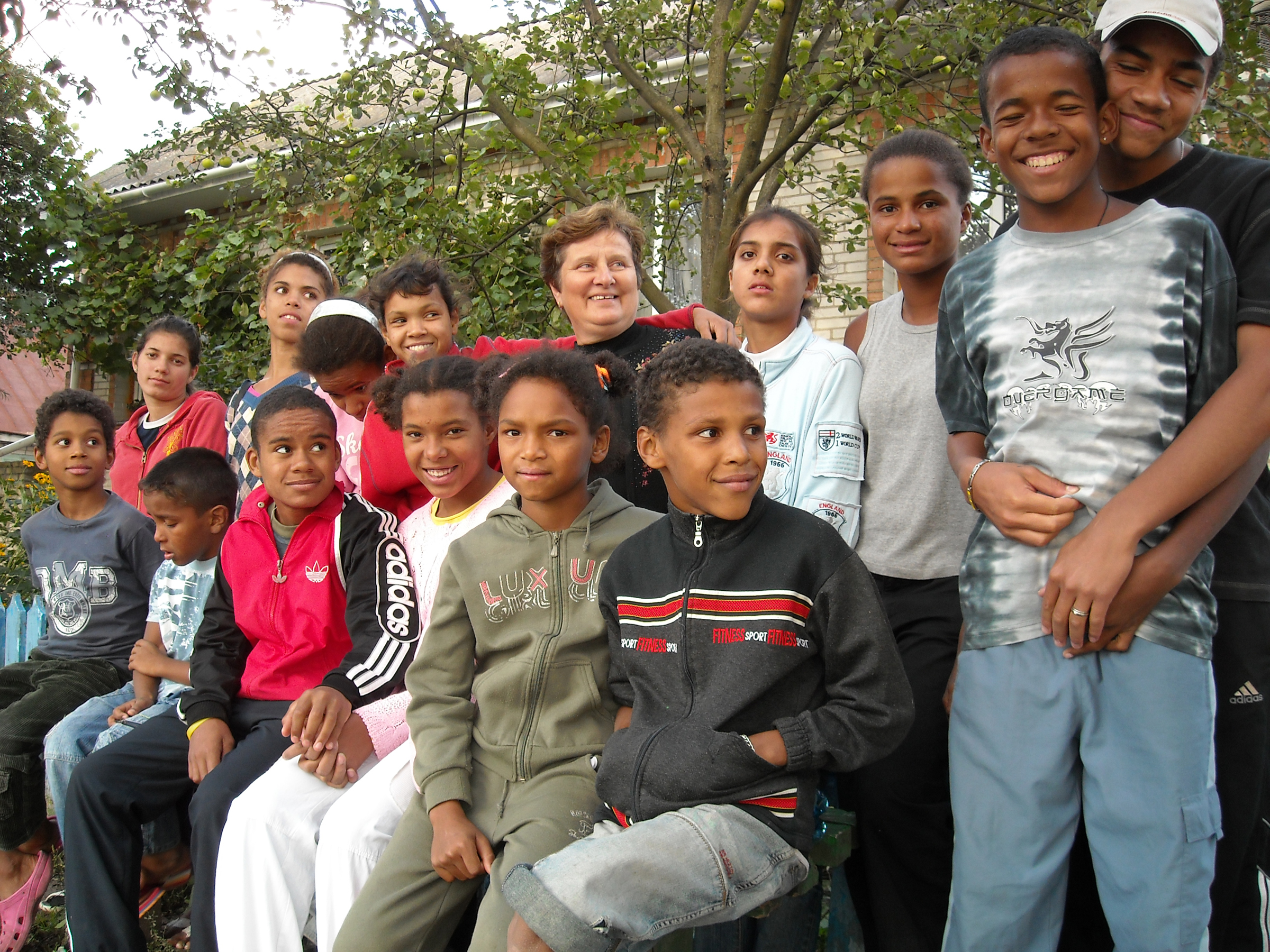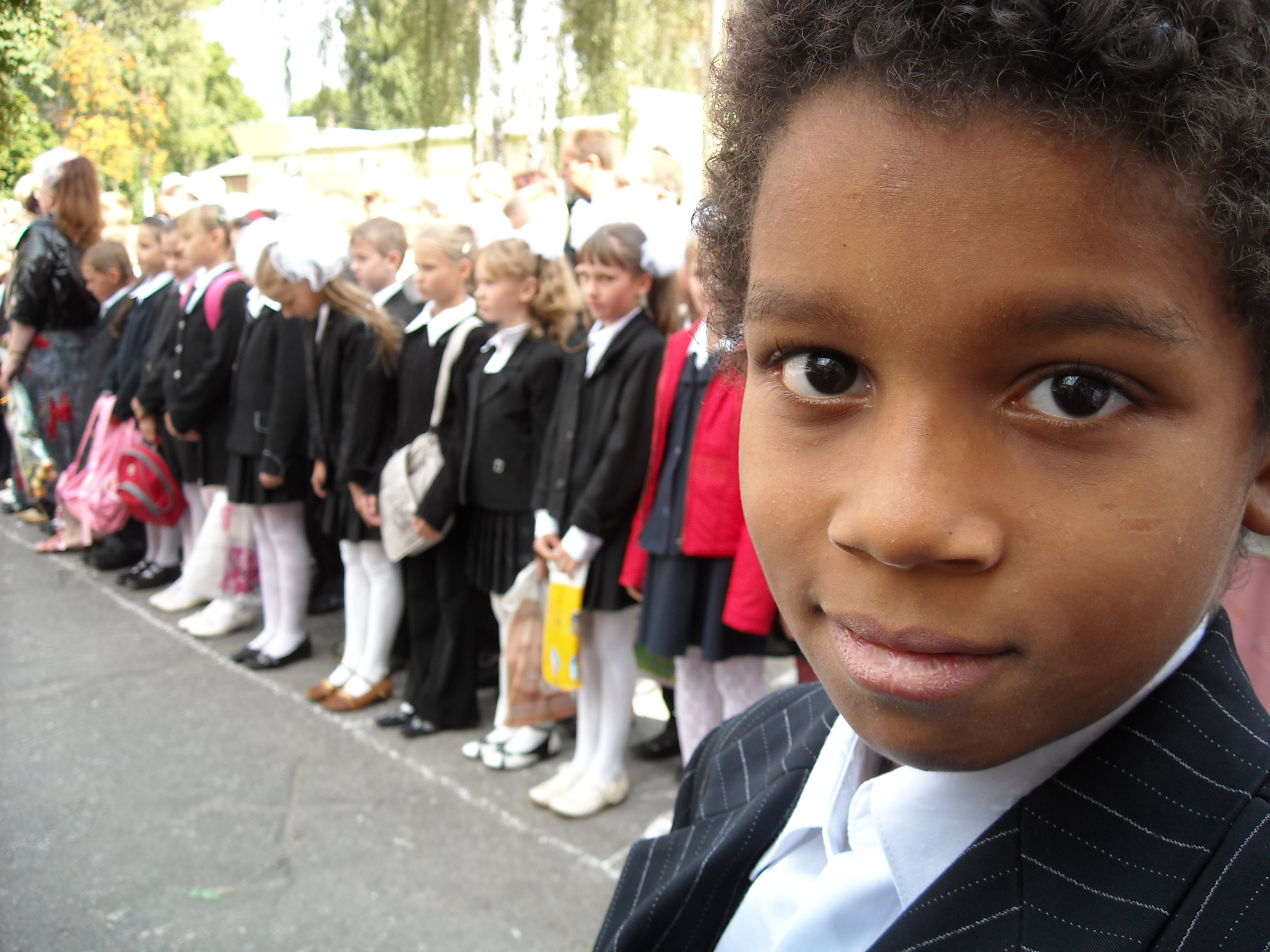Understanding the Identity Choices of Multiracial and Multicultural Afro-European and Black Women Living in Germany: Identifying a Model of Strategies and Resources for Empowerment
Ludwig-Maximilians-Universität, München
October 2006
179 pages
Dominique Michel-Peres
This grounded theory study investigated the identity choices of highly achieving multiracial and multicultural Afro-European and Black immigrant women living in Germany and the role these choices played in their personal constructs of coping and self-empowerment. 10 openended narrative interviews, field observations formed the data base; whereby the field observations where used to affirm or disaffirm evolving hypothesis. The historical, social, and cultural context in which these women live is reviewed, and key terms such as racism and discrimination are clarified. The individual racial identity choice and coping strategies were analyzed, and a theoretical model was developed describing the a) causal conditions that influence and form racial identity choices, b) phenomena that resulted from these causal conditions, c) the contextual attributes that influenced type of strategy developed, d) intervening condition that have an impact on the type of strategy developed, e) the strategies themselves, and f) the consequences of those strategies. The components of the theoretical model are first described and then illustrated by narrative excerpts.
Table of Contents
Acknowledgments
Table of Contents
List of Tables
List of Figures
Abstract
Introduction
1. Conceptual Point of Departure
1.1. Bi- / Multi-isms and the Precariousness of Recognition
1.2. Racist Construction in Europe
1.2.1. European expansion and exploration:-its role in shaping images of Africans and of “races”
1.2.2. The stage is set: socio-historical and socio-cultural props
1.2.2.1 Social Darwinism and German colonialism
1.2.2.2. Internalized Colonialism
1.3. Representations and Projections
1.3.1 Postwar Germany’s Black children
1.3.2. Non-white minorities and the German educational system
1.4. Summary
2. Racism and Discrimination
2.1. Racism, Discrimination and Subjectivity
2.1.1. Defining racism
2.1.2 What is racism? Identity Choices of Multiracial & Multicultural Afro-European and Black Women in Germany
2.1.2.1. Axiom 1: Racism does not implicate the existence of races
2.1.2.2. Axiom 2: Racism implies the existence of social hierarchies
2.1.2.3. Axiom 3 Racism requires influence in social structuring processes
2.2. Racism and Racial Discrimination’s New Attire
2.2.1. Central Frames in Racism
2.2.1.1. Abstract liberalism
2.2.1.2. Abstract liberalism and its role in cultural racism
2.2.1.3. Cultural racism and self-fulfilling prophecies
2.2.1.4. Symbolic Racism Excurse: Germany’s discourse on immigration
2.3. Racial Discrimination : Subjectivity and Psychological Impact
2.3.1. The Psychological Impact of Perceived Racial Discrimination
2.4. Summary
3. Identity Construction, Patchwork Identities and the Stigmatized Self
3.1. Identity Construction and Patchwork Identities: Who am I?
3.1.1. Patchworks of Racial and Ethnic choices
3.2. Multicultural-Multiracial- Who am I?
3.2.1. Models of ethnic and racial identity development
3.2.1.1. Visible racial and ethnic group models (V-REG)
3.2.1.1.1. Cross’s Theory of Black Identity Development Identity Choices of Multiracial & Multicultural Afro-European and Black Women in Germany
3.2.1.1.2. Helm’s model of White Identity Development
3.2.1.1.3. Multiracial identity development models
3.2.1.2. Salience model: Ethnic Identity Development Theory
3.2.2. Implications for Afro-Europeans and immigrants
3.3. Cultural Differences and the Salience of Ethnic and Racial Identity and Oppositional Identity
3.3.1. Voluntary and involuntary minorities
3.3.2. Oppositional identity and the burden of “acting White”
3.3.3. Accommodation without assimilation
3.3.4. Personal and group attributions to racism and discrimination
3.4. Racial and Ethnic Identity’s Role in the Self-Esteem of Minorities
3.4.1. Self-esteem
3.5. Social Identity and Stigmatized Identities
3.5.1. Social identity and stigmatized identities
3.5.1.1. Coping with attribution ambiguity
3.5.1.2. Maintaining a sense of Self independent of the “spoiled collective identity”
3.5.1.3. Ethnicity, race, gender and other socially defined groups as developmental contexts
3.6. Summary
4. Identity Choices in Multiple Contexts: Concepts, Properties and Dimensions
4.1. Methodology
4.1.1. Participants
4.1.2. Procedure
4.1.2.1. The narrative interview: Identity Choices of Multiracial & Multicultural Afro-European and Black Women in Germany
4.1.2.2. The interviewing process
4.1.2.3. The interview
4.1.2.4. Underlying ethnographic aspects: field notes and observations
4.2. Verification of Concepts and Categories
4.2.1. Verification
4.2.1.1. Quality verification
5. Analysis and Results
5.1. Sources of Influence
5.1.1. Direct and indirect dispositional and situational sources of influence
5.1.1.1. Dispositional factor
5.1.1.2. Situational factors
5.1.2. Higher categories
5.1.2.1. Coping strategies
5.1.2.2. Personal characteristics
5.1.2.3. Social identity: content and salience
5.1.2.4. Threats
5.1.2.5. Opportunities
5.1.3. Core Category, phenomena, and consequences
5.1.3.1. Core category as causal condition
5.1.3.2. Phenomenon resulting from racial socialization parental racial-beliefs
5.1.3.3. Context in which coping strategies develop Identity Choices of Multiracial & Multicultural Afro-European and Black Women in Germany
5.1.3.4. Intervening conditions influencing coping strategies
5.1.3.5. Consequences of strategies against powerlessness, helplessness and victimization
5.2. Multicultural-Multiracial Narratives: Excerpts from two lives
5.2.1. Jennifer’s story
5.2.1.1. Explicitness of experienced discrimination and perception
5.2.1.2. Racial salience
5.2.1.3. Sense of self
5.2.2. Angela’s story
5.2.2.1. Attribution ambiguity
5.2.2.2. Parent’s experiences with racism and racial discrimination
5.2.2.3. Internalized racism and race salience
6. Discussion: Implications for Multicultural Counselling and Empowerment
6.1. Focus on Primary Socialization Issues and Subjectivity
6.1.2. Focus on strengths and assets
References
List of Tables
- Ratio of German to Foreighn Students According to School Track in the Year 2002 in Germany
- Discourse on Immigration as Represented in two Major German Publications
- Summary of Salient Points in Poston and Kich Multiracial Identity Development Model
- Table 4 Participants Ethnic Backgrounds
- Dispositional and Situational, Direct and Indirect Factors
List of Figures
- Conceptual framework: The embeddedness of identity
- Identity construction as patch-working
- Descriptive model of the relationship between ego identity and Nigrescence
- Factor Model of Multiracial Identity
- Paradoxes found in self-esteem research
- Research results on the detrimental effects of membership in devalued Social-groups
- Summary of research results on social-group membership and its Consequences
- Results of research on the factors affecting social identity development and how they interact
- In-group and out-group identification in relation to expectations and Aspirations; group vs. individual based strategies; and attribution style
- The results of axial coding: Higher categories and their respective subcategories
- Theoretical model for understanding idenitity and strategy choices of multiracial and multicultural women
Read the entire dissertation here.


